Scars don’t need to be forever. But managing expectations with a bit of knowledge can make all the difference, especially when aiming for healthier, smoother skin.
What the Healing Process Really Looks Like
Let’s be honest because scars don’t fade overnight. They go through a natural journey in three important stages:
Inflammatory Phase (Day 0–7)
This is the body’s emergency response mode. Increased blood flow and immune activity kick in to clean up and protect the area.
Proliferative Phase (Day 7–21)
The skin starts repairing itself. Collagen production boosts tissue regrowth, which often makes the area appear pink and slightly raised.
Maturation Phase (Day 21–12 months)
Now it’s about refining the results. The scar begins to soften, flatten, and fade. But if inflammation lingers, healing can stretch beyond a year.

Meet wund+™ Scar Gel – A Little Support Goes a Long Way
wund+™ Scar Gel by GWS Wellness isn’t just another cream. It’s packed with clinically backed ingredients to help skin bounce back better:
- Medical-grade silicone: The gold standard for treating hypertrophic and keloid scars. Helps hydrate and supports collagen balance.
- Centella Reversa: A next-gen extract from Centella asiatica that speeds up collagen production and skin regeneration.
- Microencapsulated pigments: Naturally adapt to skin tone, subtly improving the look of scars without clogging pores.
Tips for Scar Care (That Actually Work!)
- Be consistent: Apply wund+™ Scar Gel twice daily for 8–12 weeks.
- Shield from the sun: UV exposure can worsen pigmentation. SPF is your friend!
- Stay patient: Skin repair takes time, but every day counts.
Real Healing, Real Confidence
Scars are part of the story, but they don’t have to define it. With the right mindset and support like wund+™ Scar Gel, visible improvement is more than possible. (AP)
References
Mustoe, T. A., et al. (2021). International Clinical Recommendations on Scar Management. Aesthetic Plastic Surgery, 45(2), 691–705.
Ogawa, R. (2017). Keloid and Hypertrophic Scars are the Result of Chronic Inflammation in the Reticular Dermis. Int J Mol Sci, 18(3), 606.
Witkowska, K., et al. (2024). Topical Application of Centella Asiatica in Wound Healing. Pharmaceutics, 16(10), 1252.







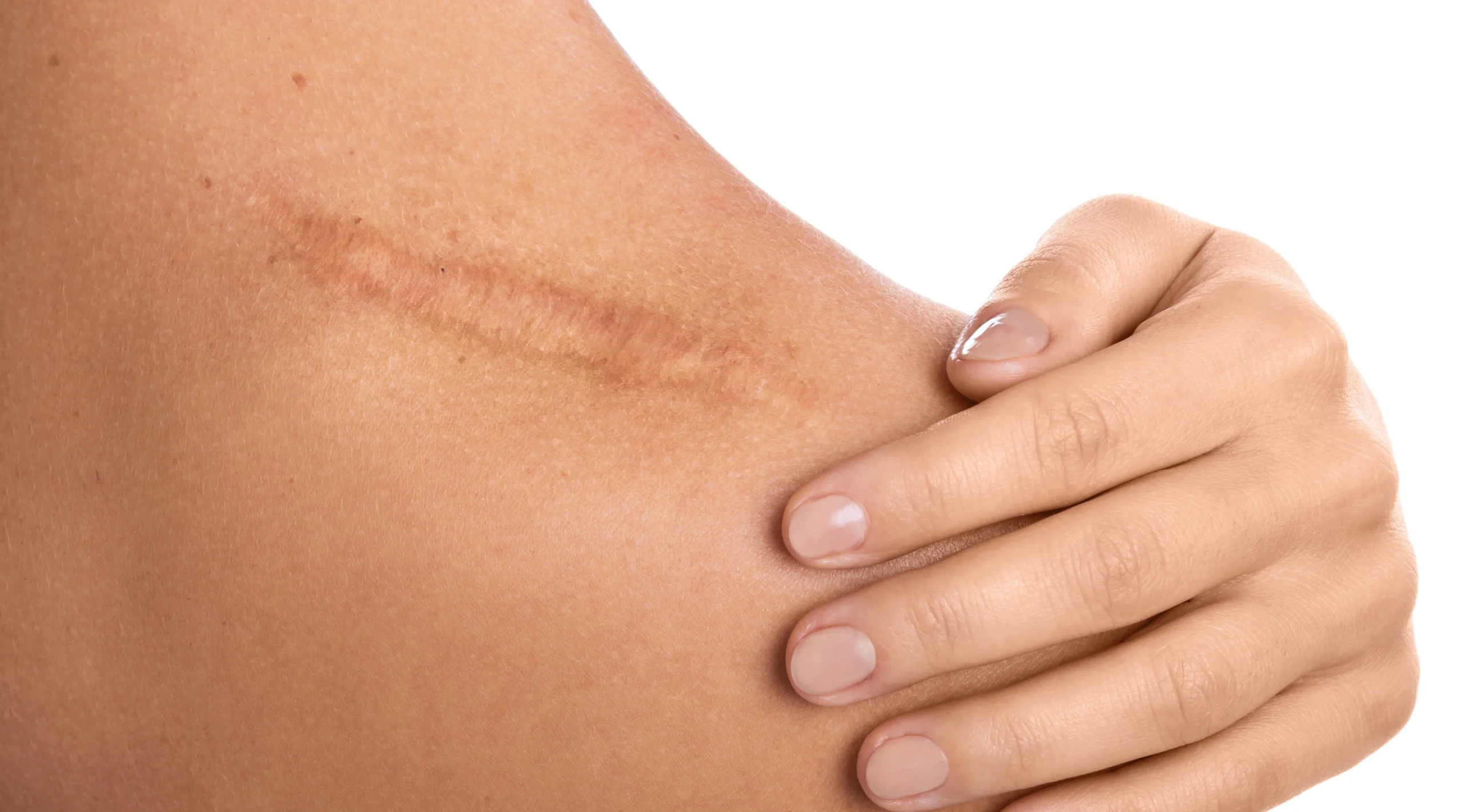
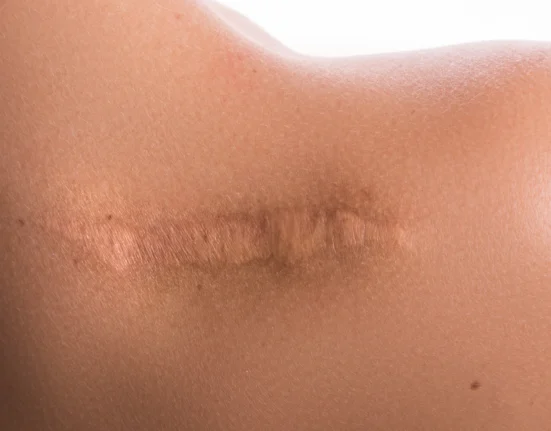
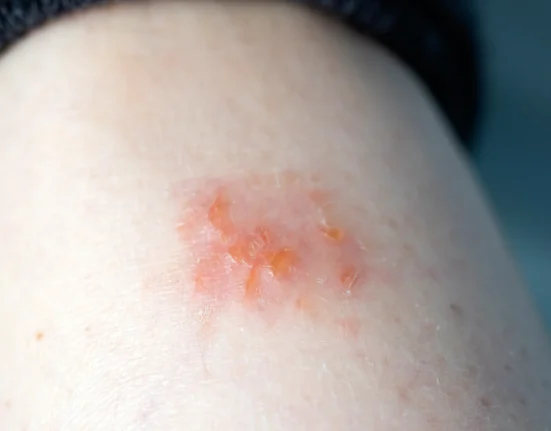
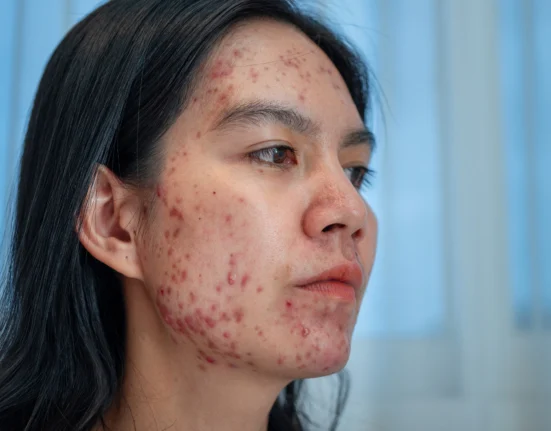
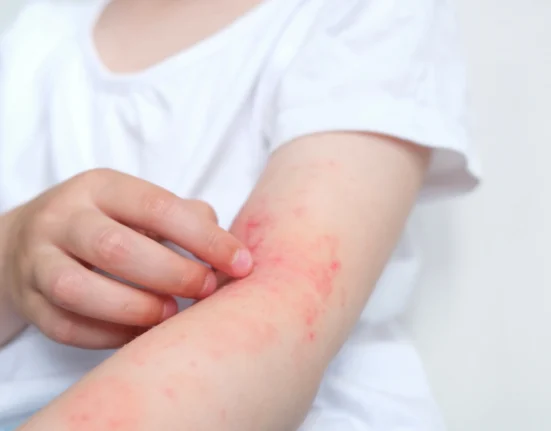


Leave feedback about this